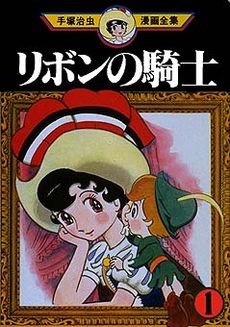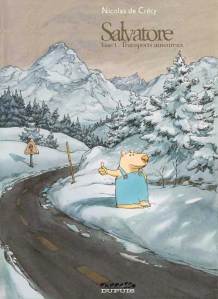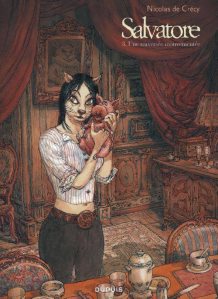“P” is for…
Since hope springs eternal, I’ll include these two, and maybe someday we can look back at this post and say, “Remember those dark days when these books weren’t available in English?”
What are some of your favorite shôjo and sunjeong titles that start with the letter “P”?






























